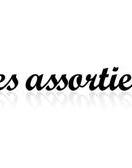Established in 2014 by Jo Gordon, FERA is an ethical jewelry label using exclusively sustainably sourced materials, such as fair-trade gold and recycled silver as well as hand-carved cow bone. A former fashion management professional who enrolled to the Birmingham School of Jewellery, Gordon ultimately won a place in Hothouse 5, a mentoring and business development scheme sponsored by the Crafts Council to support emerging designer makers in the UK. This accolade resulted to the rebrand and relaunch of FERA, for which the designer developed an entirely new collection, “Animii.” Read on as Gordon discusses running a socially responsible company committed to preserve the environment and giving back to society, working hand-in-hand with her customers to create bespoke pieces, as well as her company’s future goals.
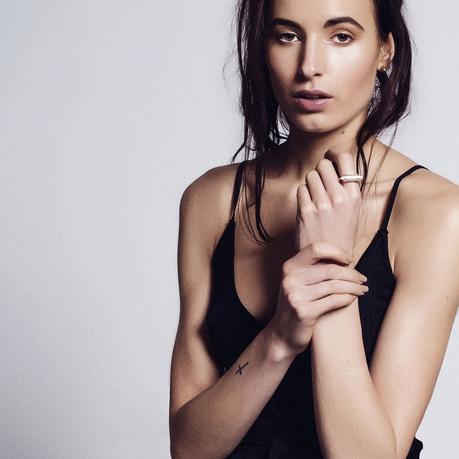
Could you please discuss your experience in the fashion industry prior to starting your label, and how it led to creating FERA?
I spent many years managing luxury fashion brands, working for companies such as Harvey Nichols, Selfridges, All Saints, and following a management training program with Abercrombie & Fitch. Although I love fashion, it was very much something that I kind of fell into after a period spent traveling in South America, and I have been very lucky to work for some hugely popular brands with very strong and unique brand identities. I learnt a lot, and loved the fast pace and buzz of the industry. At school, I had really wanted to pursue an art career or something creative, but my school was very academically focused, and I had no idea how to make a living with it, so I studied foreign languages before I went off traveling. After some years in fashion, I felt I had achieved all I really wanted to in the industry, and had this overwhelming ache to create. I had seen some amazing creativity in jewelry making whilst traveling, and started doing an evening course to learn some basic techniques. I really started it as a hobby, but quickly realized the depth of possibility and that I wanted to learn everything I could. I made the decision to leave my career and go back to university to study it full time; I got accepted into Birmingham School of Jewellery to study traditional making techniques, and then completed a BA Honours in Design for Industry. Studying there was the best time of my life – I was so thrilled to be surrounded by so much creative passion and energy, and began to sell little pieces that I made to family and friends and via Instagram. Over three or four years, I created the brand that is now FERA, largely through trial and error! And I am still learning and evolving as I go.

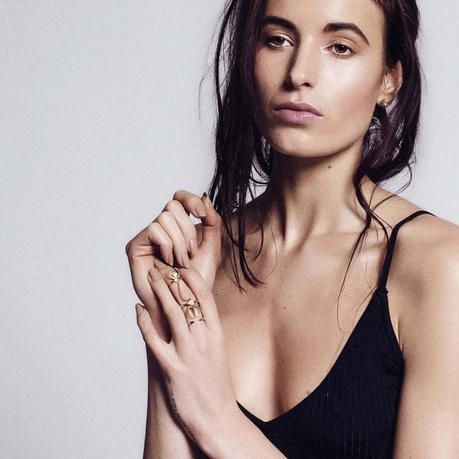
You studied at the Birmingham School of Jewellery. There has been a lot of talk about whether fashion education actually prepares you for the industry. How would you describe this experience?
It was an amazing experience, and definitely the best jewelry school in the country, Europe and probably the world! In this case, my course was highly practical; there’s just so much to learn it’s impossible to fit it all into three years, and I wish it had been longer. Comparing my experience to other designer makers who went to different schools or who started without any studies, I can see a massive benefit to what we were taught that really has given me such an advantage over other new designers. Our studies were very business focused; we learnt a good all-round selection of traditional techniques, and there were evening classes we could do for extra things. Our tutors were all practicing jewelers or entrepreneurs, and had their own businesses. We had frequent talks from industry professionals, and there were many live brief competitions as part of our course encouraging us to think commercially. It is definitely a case of you get out if it what you put in too, and I worked very hard, usually at school 9-10 hours a day; I was so grateful for the opportunity to be there that I wanted to squeeze everything out of it. Saying that I came to the course later in life than some of my classmates and perhaps my life experience prior to studying is what also enabled me to get so much out of it.
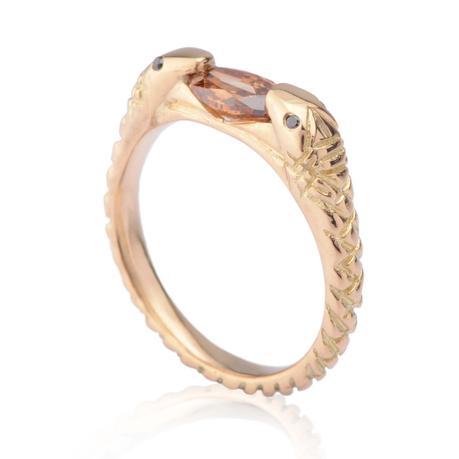
What has been the biggest impact in your work?
The biggest impact has been without a doubt my time spent traveling. I’ve always been a bit of a hoarder, but Cuba was where I first came across more unusual jewelry refashioned from antique silverware which really fascinated me. Many countries I have traveled in have a high level of poverty, and it was amazing to see the ingenuity of the people to create from whatever they could. In Brazil and Argentina, I saw makers using dried fish skin, feathers and nuts to make beautiful jewelry, and every new place I go has its own inspiration whether it’s architecture, food, or plants and landscape. Traveling is what feeds my soul and I have a need to constantly discover and experience new things. I collect things everywhere and I love to learn about the different rituals, traditions and beliefs that each culture has. I currently live in Bali which just has the most magical feel that I absolutely loved from day one there. They have this beautiful animistic belief about spirits and gods that are present in things around them, who need to be appeased each day with offerings and the island is littered with little palm leaf offerings.
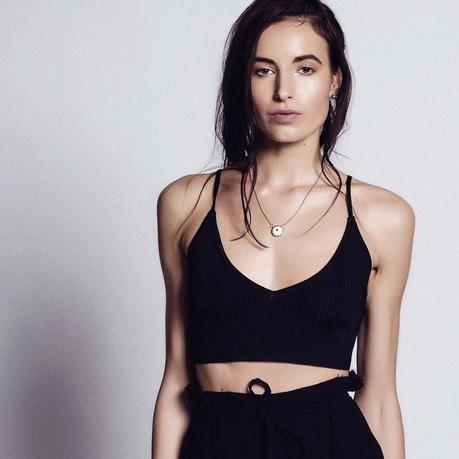
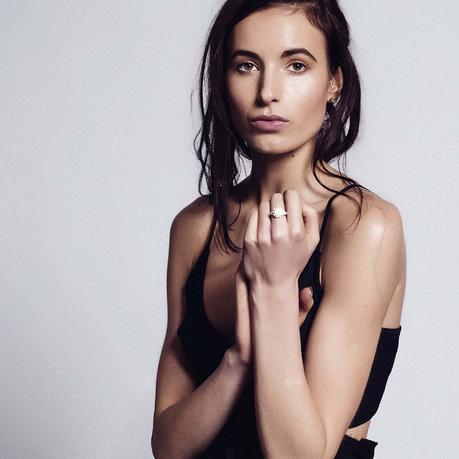
Could you please elaborate on fair-trade gold and recycled silver? Where did you learn about these practices?
I have always been environmentally conscious and really concerned about the impact that our modern lifestyles are leaving on the planet. As a naturally curious person, I ask a lot of questions and I like to know where things come from, how they are made and so on. It’s really important that we as consumers ask these questions, and I became aware of fair-trade gold and recycled silver, when I began to buy bullion for the pieces I was making. Ninety per cent of the labor force involved in gold mining is made up of artisanal and small-scale miners who work long days in difficult and hazardous conditions.
Fair trade ensures a minimum price for these miners who dig the ore from the ground. Miners who comply with fair-trade standards also receive a premium on top to spend on improving their businesses or on community projects, such as education, clean water and healthcare.
Natural resources are ultimately finite, and will one day run out; recycled silver enables jewellers to work with silver that has been salvaged from various industries or scrap metal and reprocessed again to be pure. I am a registered fair-trade goldsmith, which means I am able to sell metalwork described as “fair trade” that has been made using that material. The Fair Trade Association audit you each year to ensure you are following ethical practices regarding sales and marketing of the gold. I believe demand for this kind of eco-conscious jewelry will grow as consumers are becoming more aware, and, on a personal level, it’s important for me to be able to offer this option within my work.

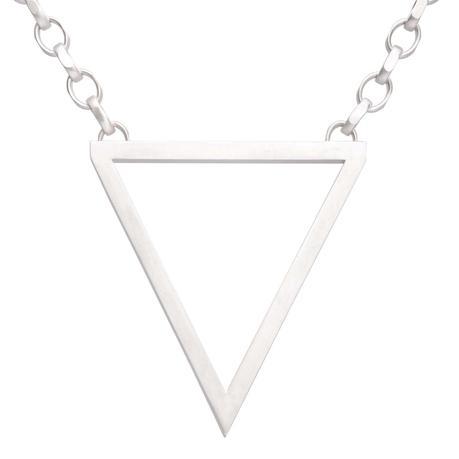
You work with precious metals and stones; are there any you are currently fascinated with which you believe would be a great fit for your brand?
I could play with gemstones all day! I have never been into the traditional huge white rock diamonds that are typically popular. I like unusual cuts and more natural diamonds with inclusions that make them unique. To me, that gives them much more value than a flawless clear stone, because they are one of a kind and more of a showcase for the beauty of nature. I’m currently obsessed with rutilated quartz, which is strange as when I first saw it I hated it. Golden rutile is my favorite, and at the moment I am working on a few pieces incorporating some custom-cut shapes. They say about crystals and gemstones that you are drawn to them for their vibrational frequency and each one can aid with specific things. I would love to work with a gemstone cut by Top Notch, faceting at some point, too – his work is incredible.
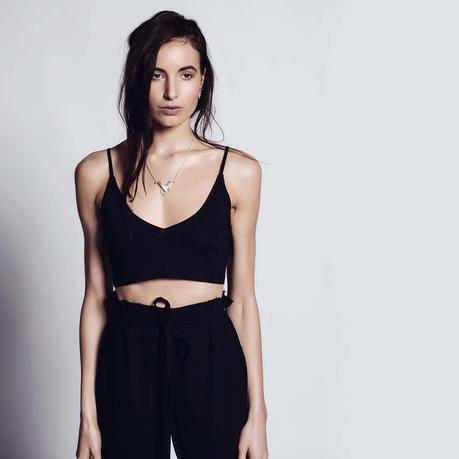
Yours is a company that gives back. Was that part of your identity from the beginning? What made you sensitive to this?
Definitely. I think if you are conscious of the world around you, it’s easy to see how the majority of business is solely about profit – using resources, both natural and human, purely for financial gains. I believe in karmic balance; there must be both give and take, and the energy around businesses that give back is just completely different. My first job during my gap year was working for Lush Cosmetics, an amazing company that does so much environmental campaign work and really look after their people and the planet. I think this business attitude definitely influenced me from the start. I can’t wait until I am in a position with my business to do more.

You also offer personalization and bespoke services. Do you believe that in such cases there is a certain extent to which a client can be involved in order for the artistic vision of the designer not to be compromised?
Every client is different, and there are some that have a very clear idea of what they want, with very different artistic taste to my own. In that case, I am happy to make my suggestions, but jewelry is highly subjective, and, ultimately, it’s most important that the piece is exactly what they envisioned. There are other clients that just want to commission something and give me 100% creative freedom. This comes with its own creative challenges in that I don’t want to go too off the wall. With this kind of commission, I try to get as much information from the client as I can, so I can get to know their tastes a little. The beauty of working with clients on bespoke jewelry is the variety though and it’s perfect for someone like me who hates to do the same thing day in day out!
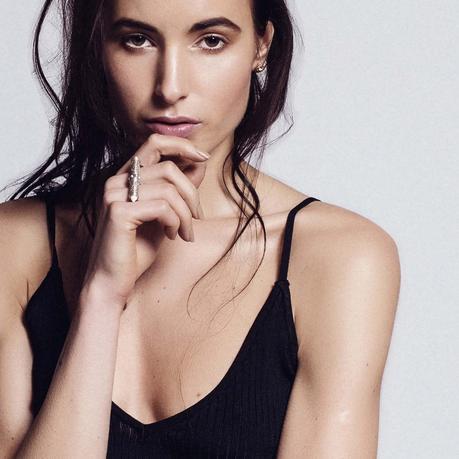
Are your collections available elsewhere besides your eshop? Do you believe that in your industry online presence alone is enough to ensure commercial success today?
My work is available to buy at The Tribe in Sydney, Rachel Entwistles Shoreditch Boutique in London, Metis Gallery and Jane Doe Vintage Store in Bali. I also have several online stockists: The Pommier, Collective Boutique, Silk Fred, WeKoko and ThenandNowShop.com. I take part in various pop ups, and jewelry fairs. I think it’s really important to have a physical presence with jewelry. Especially as a handmade luxury item, people have a different physical connection to a jewelry piece than to say, an item of clothing that they buy online. Jewelry is something that will last a lifetime and can hold such special meaning.
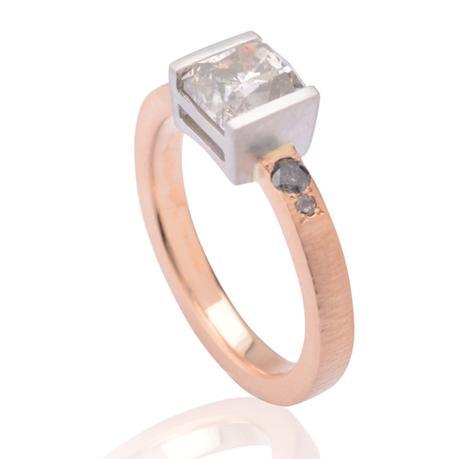
What are some of your company’s goals for 2017?
To continue expanding on international stockists; work more on bespoke, bridal and one-off pieces; and launch another collection.
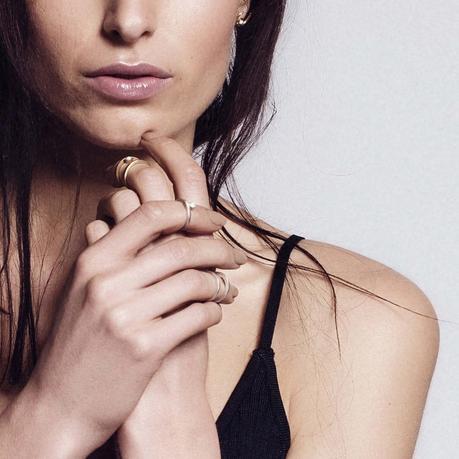
www.ferajewellery.com
Images © FERA
